Old toys, squeaks, error codes, belts and more - Mick's Workshop



|
Old classics out to play again, seatbelts and old cars, squeaky Mustang, error codes, and vintage English
Something that’s turned up recently in the workshop is a third-generation Toyota Corolla, which places it in the mid- to late 1970s. It’s one of those cars that everyone’s Mum or grandparents used to own, as they were good-value solid-as-a-rock transport.
Maybe not the most glamorous thing on the planet, but they got the job done.
Lately we seem seeing a lot more of them being pulled out of sheds or from under houses as a whole new generation of people see their potential as a cheap and low-stress club car to play with on the weekend.
The big issues to look for with them are rust and rubbers. Really you need to check the entire body, including underneath, to make an assessment as they could be uneconomical to repair.
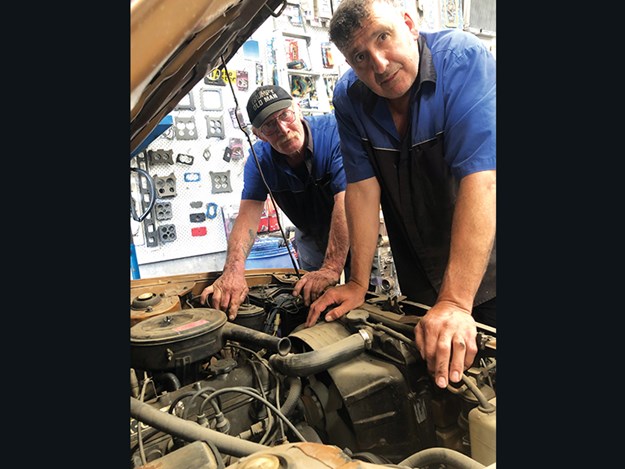
Rubber is simply the victim of time, so hoses, tyres window and door seals may all need some attention. That said, once you get them up to reasonable running shape, they should last several more decades and be reliable.
This one is running a variant of the 3K 1200 engine, which is pretty much unbreakable, so long as you keep the oil changes regular. Behind that is a Trimatic transmission which is more than up to the job with this car.
However they don’t have a lot of power and in this case you might be tempted to switch off the air-con when you see a big hill coming up!
I reckon it’s great that these things are being pulled out of sheds and given a new lease on life.
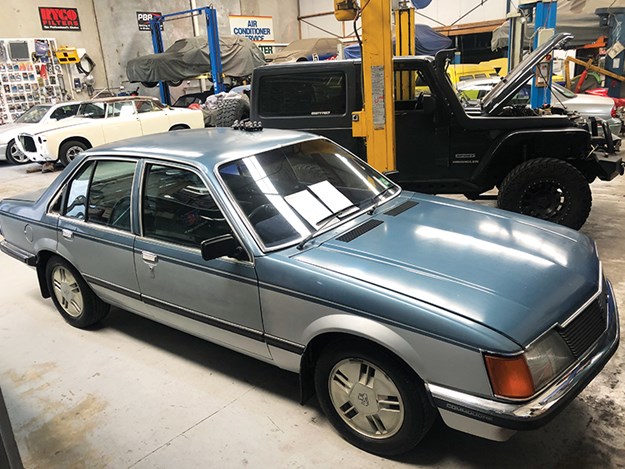
New toy
While we get our fair share of wins and setbacks in the workshop, it’s rare to be given a new toy. Okay, when I say new, we’re talking reasonably old – a VH Commodore SL/E, so we’re talking circa 1983.
A friend of ours has decided to stop driving, thanks to advancing age, and has handed over his VH. It’s not new, nor is it concours, but it’s a good old car that has seen its share of knocks and bruises over the years and no doubt has a story to tell.
These days it’s running an exchange 4.2lt V8, aka the thong-slapper in some circles, matched to a Trimatic transmission. In all, a reasonably tough package.
We’ve made a bit of a list of things that need to be sorted before it gets back on the road and will let you know how we get on.
Here's my tip:
Wiper time
Maybe it’s not the most exciting job, but it is one of the easiest – changing over your wiper blades. We’ve just come through summer and it’s likely those rubber strips copped being cooked in the sun in addition to any crud that gets thrown at them when you’re out for a drive. They’re not meant to last and now is a good time to get some fresh ones, just before winter sets in.
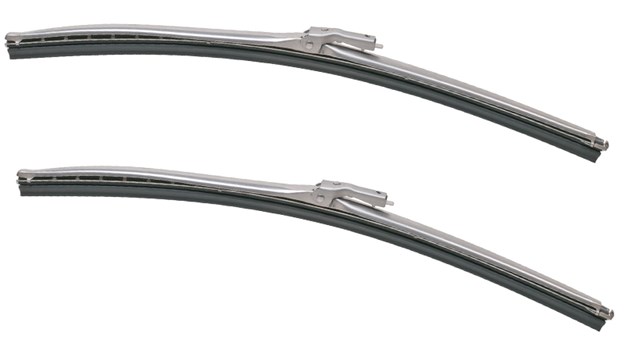
LETTERS:
Squeaky Mustang
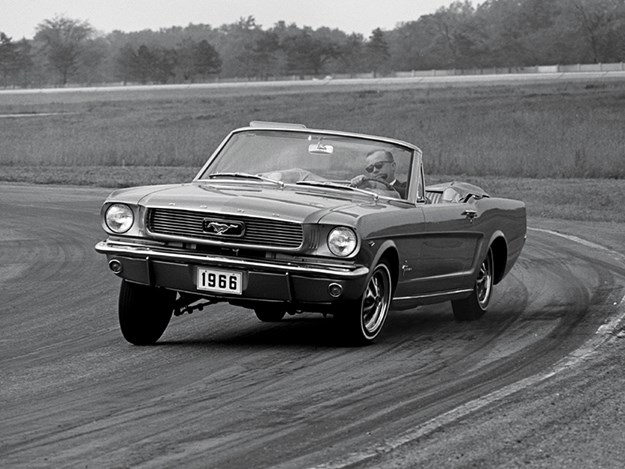
Giving it plenty
My 1966 Mustang, which has a 289 V8, is fantastic thing to drive except for the intermittent squeaking I’m getting from the fanbelt. I’ve played with different tension on it, but that doesn’t seem to cure the noise.
What else should I be looking at?
Jenny Adams
It’s funny how the apparently simple things can really get under your skin, isn’t it? If the belt and pulleys look to be in good shape, and the tension is about right, the short-term fix is to try a little dry lubricant. For example WD-40 sells a version called belt dressing.
However if it’s persistent, you might want to do more of a deep dive and check the following: the condition of the belt itself, alignment of the pulleys, condition of the valleys of the pulleys.
The latter can over time wear smooth to the point where they’re reluctant to grip. A gentle rub-down with 80 grade sandpaper should be enough to sort that out.
Meanwhile the fanbelts do simply deteriorate with age and living through the heat cycles under a bonnet. So what may look fine may have lost its original pliable nature. Good luck with it.
Bimmer limp
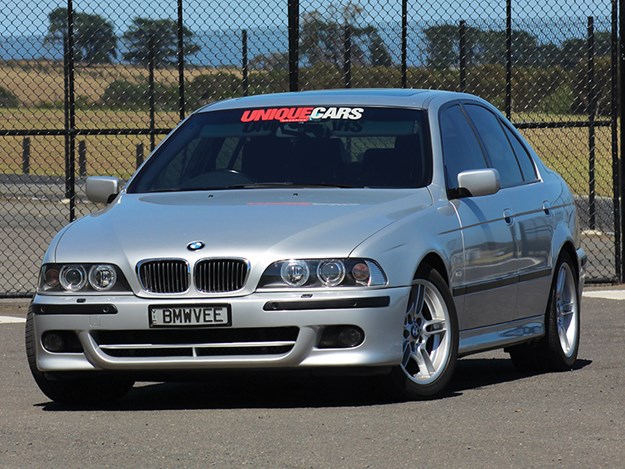
Warning, waning, error codes
Mick, I own an E39 540 BMW of a similar vintage to Ed Guido’s example. It’s been serviced more or less by the book and is running fine, however at 200,000km the transmission (once it gets warm) is throwing up a fault code that says something like it’s in limp home mode.
That’s soon followed by all sorts of other error codes such as airbags.
It seems weird as the car is otherwise working perfectly. Any solutions?
Con Stanley
This isn’t likely to be a home fix. Those transmissions have sensors which are meant to detect wear issues and prevent the car from doing any more damage until they’re dealt with.
The first thing I’d be doing is going over the wiring loom, checking for clean and uninterrupted connections. Then you’d be hooking it up to a fault code analyser which should be able to give an idea of what’s going on.
If it’s been serviced, you may well be lucky and discover it’s something relatively minor. Fingers crossed…
Get Belted take 2
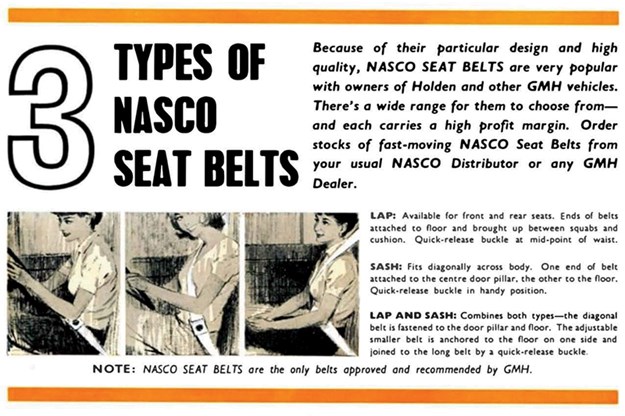
Sit down, strap in and hang on
I noted with considerable interest Mick Jordan’s letter Get Belted in issue 476 of Unique Cars and in his understandable desire to install Australian Design Rules-compliant safety belts in his 1963 EH Holden.
While your reply mentions possible avenues or vendors who may sell ADR compliant safety belts, it fails to address the issue that 1963 EH Holdens do not have ADR compliant seat belt mounting points and were never designed for safety belt installation beyond lap seat belts.
Accordingly regardless of the seat belt design used the mounting point would not as I understand it meet ADR requirements. Simply because an ADR standard does not exist for seat belts or seat belt mounting points in vehicles built prior to January 1969.
From the early 1960s Australians began to become aware of the importance of safety belts and many ‘after market’ safety belts were installed often by their owners, into cars. These safety belts played a big part in reducing death and serious injury on our roads.
However retro-fitted belts were sometimes poorly installed, often by just drilling a hole through the cars’ ‘B’ pillar.
The ‘B’ pillar on any EH Holden is not designed to bolt a sash seat belt to and because of this it can be argued that only lap seat belts should be installed. But even then it’s a question of how strong the EH floor pan is for seat belt mounting.
While there is argument that safety belts (even simple lap belts) remain the single most important safety feature and should be encouraged in older cars, as I understand it there is no requirement or obligation for them to be installed in passenger vehicles manufactured prior to January 1969. Put simply there is no ADR standard to apply to safety belts or their mounting in passenger cars built before January 1969.
It’s true that GMH started fitting front seat safety belts as standard equipment in its Pontiac, Chevrolet, Vauxhall and Holden vehicles from September 1966, but this was in line with GMs worldwide approach to adding safety equipment and readying itself for the introduction what we today know as ADRs.
So, if owned a EH Holden or any other pre 1969 car, I would fit a set of period correct lap seat belts. While these safety belts do not provide the level of safety modern seat belts do, they are better than no seat belt and if used correctly will prevent the occupant from leaving the vehicle.
Cars built prior to 1969 would not even come close to meeting todays ADR rules in almost every way. Seat belts are just one of the many issues. In the end it comes down to levels of risk.
Carl Kelsen
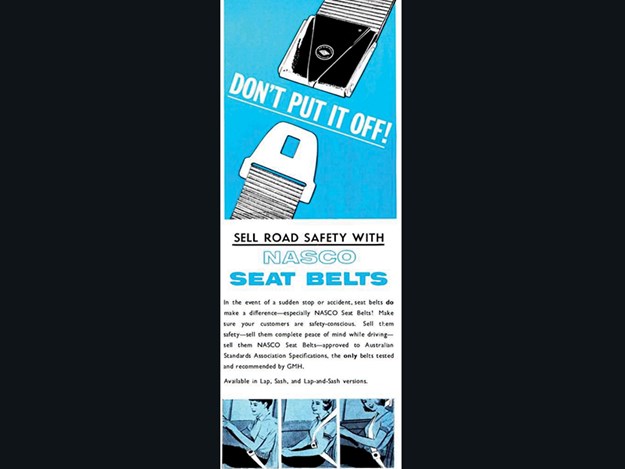
There’s one for every model..
Yep, a few interesting distinctions there. While we’ve never suggested making an EH ADR-compliant, that standard for the belts themselves at least implies a certain level of quality. And that’s what I’d be looking for.
When it comes to lap/sash belts, welcome to one of the great debates with classic cars. They have been fitted to EH and earlier, though as you say this usually entails drilling the through the B-pillar, which understandably fills some people with horror. This is where I’d leave the final decision to the (presumably) adult who owns the car, once they’ve been advised of the points for and against.
When it comes to any belts, it’s worth getting someone who knows what they’re doing to tackle this. At very least a proper welded reinforcing plate should be fitted to the floor pan. One interesting option here is to adapt the plates from a later car.
Brit Style
There’s a bit of money in the budget to get a not-too-expensive classic car and I kind of like the wood and leather feel of sixties British makes like Rover (say P5) and Wolseley.
The question is, am I heading for trouble and what should I look for?
Ted Simon
Believe or not I’m a bit of a fan of some of those cars. In fact we have a Rover P5B V8 in the shop at the moment, undergoing a restoration. Two pieces of advice: 1 Buy one that’s already restored and has been kept in a dry shed; 2 Where possible, buy an Australian delivered car as they generally have far fewer rust issues.
Believe it or not a lot of these older cars were pretty good when it came to rust, as they were solidly-built.
Mechanicals aren’t a big issue, as they’re solid and simple, with good support from clubs and specialist retailers. In fact we came across one in the UK recently who only does P5 Rovers.
Trivial Pursuit
Baby eight
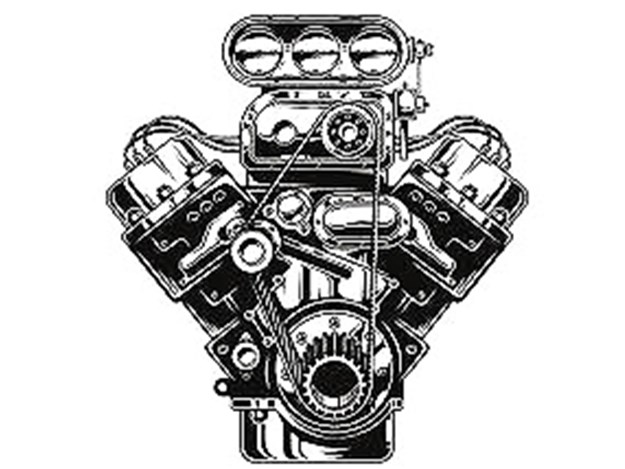
Okay, at risk of starting a fierce debate, what’s the world’s smallest production car V8 engine? Ferrari, Fiat, Alfa Romeo and Lamborghini are all on record as having produced production cars with 2.0lt V8s. Any more nominations out there?
Got a problem? Want some advice on a build or a potential car purchase? Heck we’ll even tackle long distance diagnosis.
Drop Mick a line at uniquecars@primecreative.com.au
From Unique Cars #477, April 2023
Unique Cars magazine Value Guides
Sell your car for free right here
Get your monthly fix of news, reviews and stories on the greatest cars and minds in the automotive world.
Subscribe

.jpg)










.jpg)

